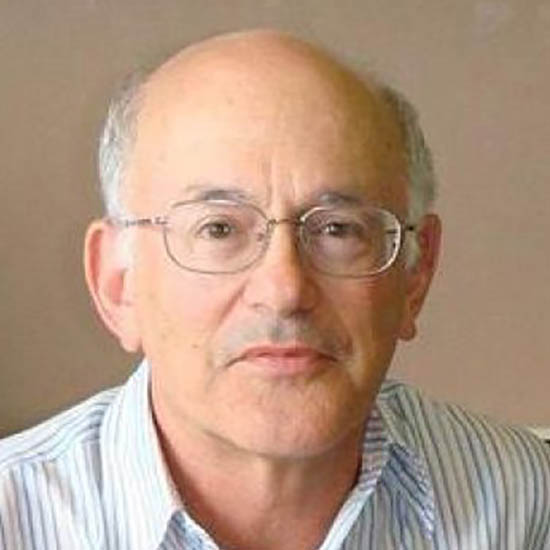Kenneth Freeman’s work is on the dynamics of galaxies and the dark matter which makes up most of their mass. As a student, he made the first detailed dynamical models of barred galaxies. He established the standard model of exponential disks of normal galaxies (Freeman disks), and discovered that the central surface brightness is similar for most spiral galaxies, so that they form an almost one-parameter sequence based on their scale length.
He showed that the rotation curves of spiral galaxies indicate the presence of a large amount of gravitating dark matter. His studies of these rotation curves using optical and radio observations have done much to tie down the distribution of dark matter in galaxies. He was involved in the MACHO project, which showed directly that the galactic dark matter is not in the form of compact baryonic objects, and is therefore probably in the form of non-baryonic particles. More recently, he co-founded the new research field of galactic archaeology. He shared the Gruber Cosmology Prize for 2014.
Professional position
- Duffield Professor of Astronomy, Research School of Astronomy and Astrophysics, Australian National University
- Scientific Advisory Board Member, ARC Centre of Excellence for All-Sky Astrophysics (CAASTRO)
- Scientific Advisory Board Member, Max Planck Institute for Astronomy, Max Planck Society
Subject groups
-
Astronomy and Physics
Astrophysics

